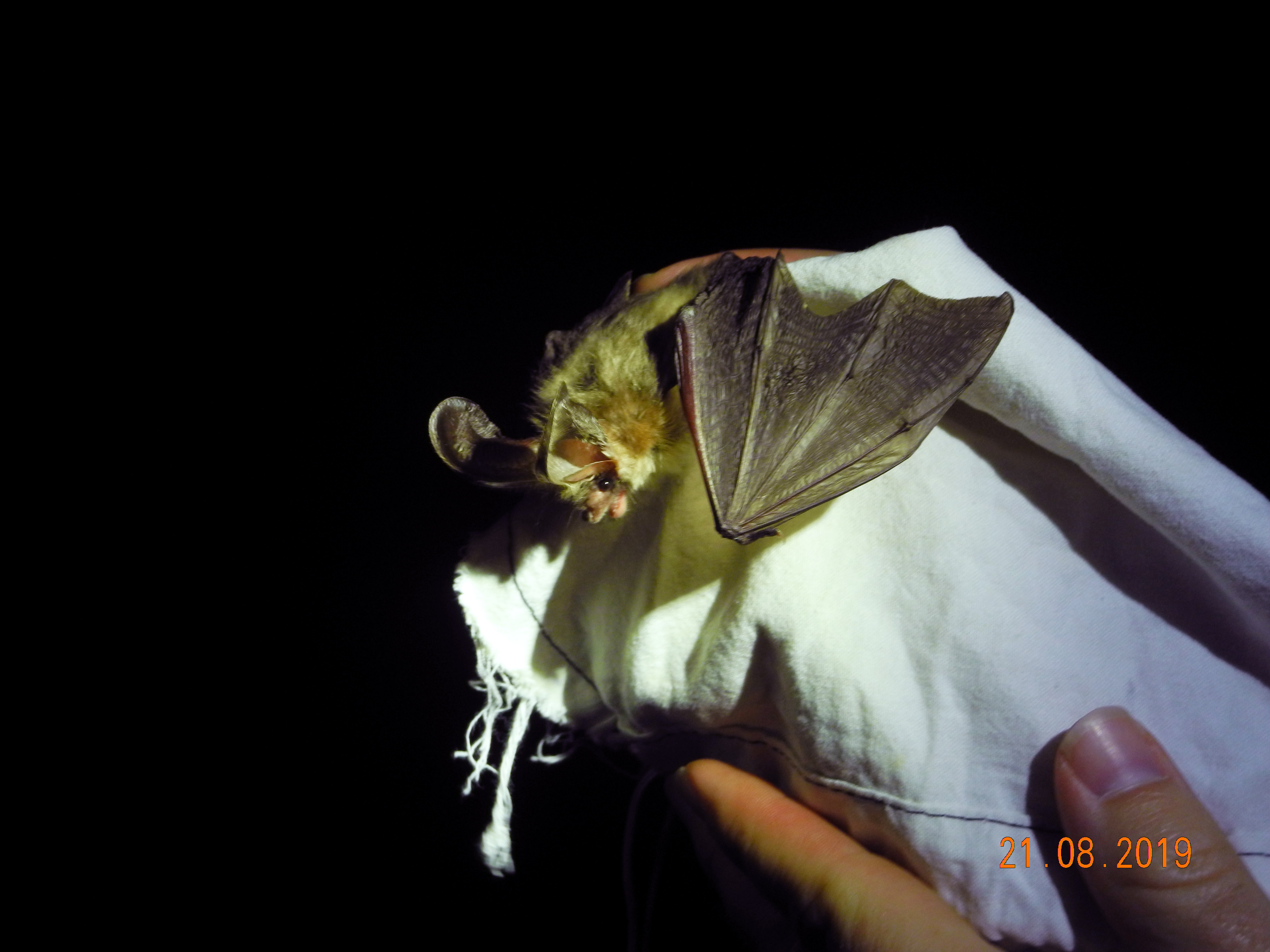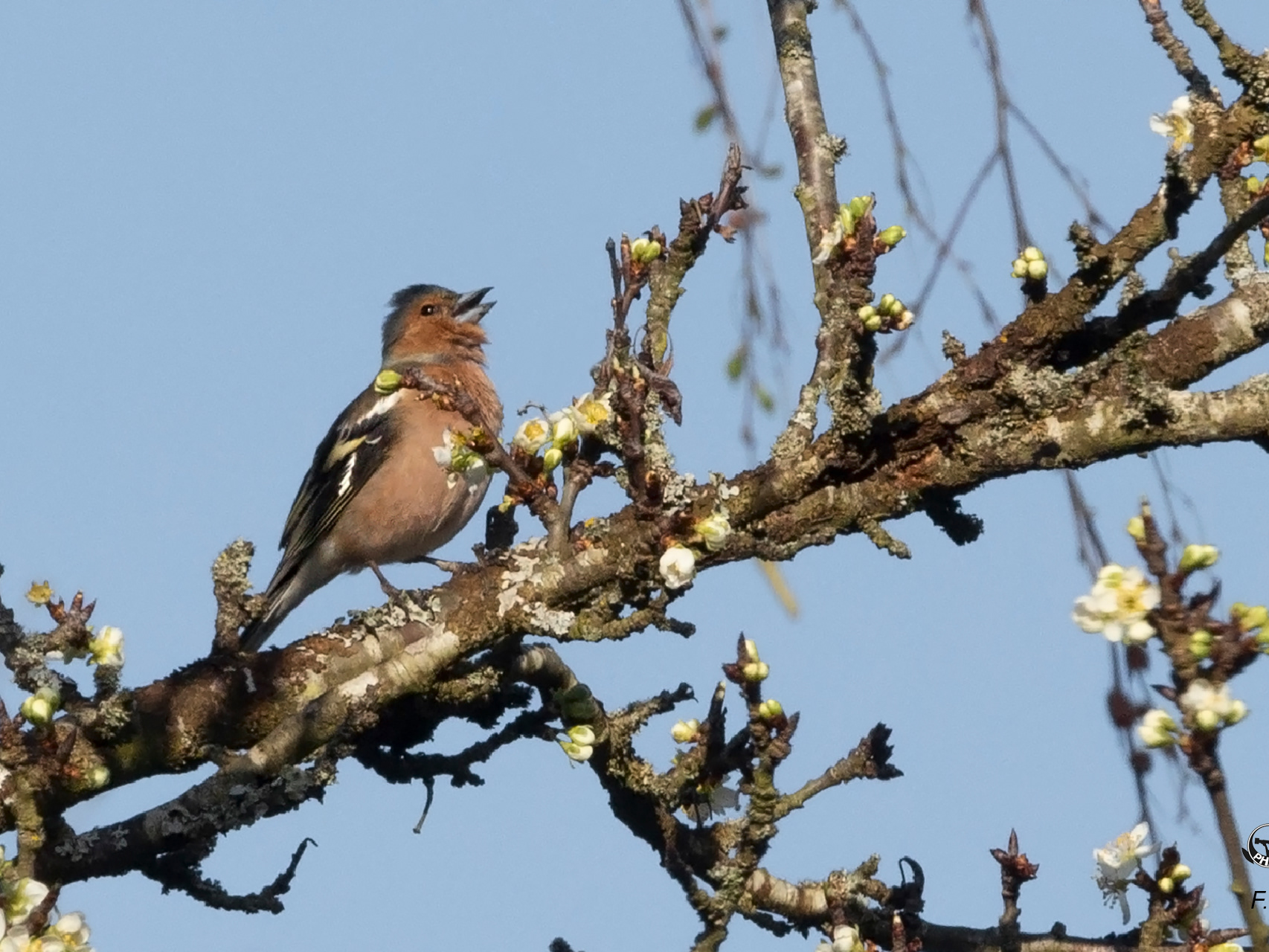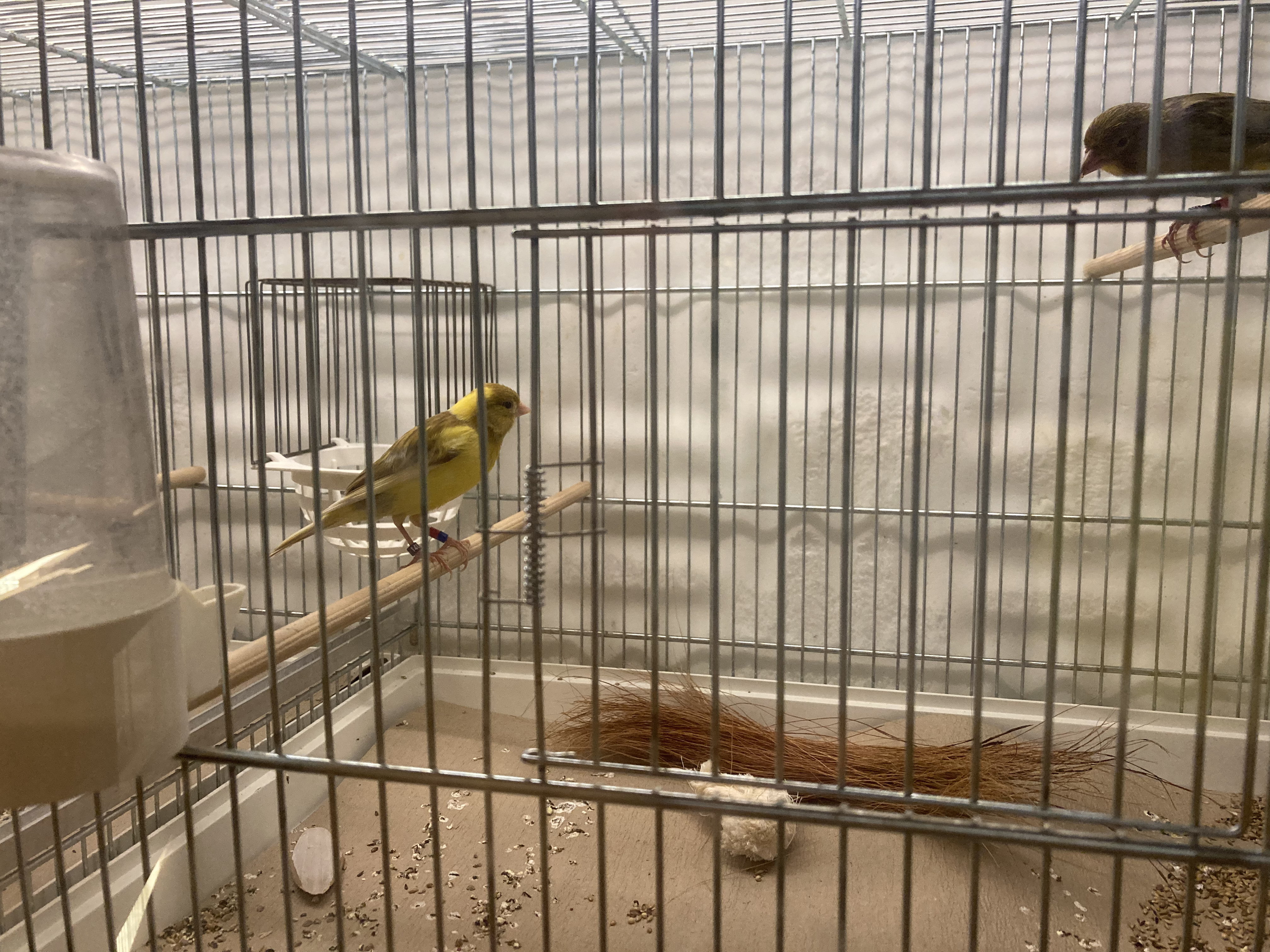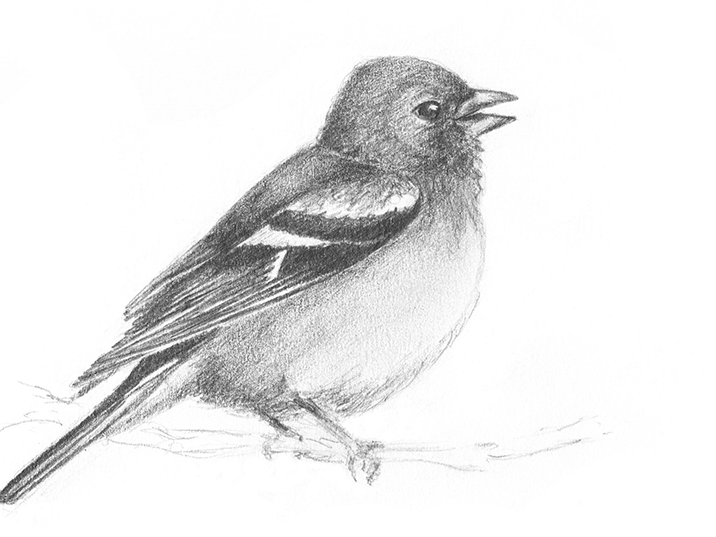Echolocating bats use ultrasonic calls to detect their surroundings: by listening at the echoes reflected off surrounding objects, they can localise trees, bushes and insect preys. At the high frequencies used by bats, the air absorbs sound energy at a very high rate. This limits the maximum detection range to a few meters at most. In addition, sound absorption varies with temperature and humidity, inducing further variation in the maximum detection range of bats.
Since bats are capable of adapting their echolocation calls to a whole variety of situations, we asked if they could also adapt their calls to the weather to keep the maximum detection range stable.
For this, we recorded pipistrelle and Daubenton bats in the wild. We found that one bat species changed its echolocation calls according to variations in sound absorption, but the changes in call parameters did not contribute to keeping the detection range constant.
The consequences are yet unknown, but we suspect that this can affect the hunting success, and then survival of bats across the season.
Photo: The microphone array at a lake in southern Bavaria. We used the the differences in call arrival time at each microphone to triangulated the bats' position. We used the positions to reconstruct the echolocation calls as emitted by the bats, and correct for sound transmission loss between the bat and the microphone.





